MANAGE STAFF AND COMMUNICATE EXPECTATIONS
The CIO of a large government agency had been working with her coach for over 8 months on various issues. One of the greatest challenges was helping the CIO articulate expectations of how she wanted her staff to work. A high level retreat was set for the senior staff and the expectation was after the retreat several people would be reassigned or have their responsibilities reduced.
I was called in because the coach thought the CIO would respond to visual images. Originally my meeting with the CIO was set for one hour. But as the CIO and I worked together, the meeting was extended … and extended. To about three hours. After working with me the CIO was able to explain where her staff was not meeting her expectations, the structure of the retreat and a template for it had been designed, and everyone felt that genuine change at the agency would be possible. The subsequent retreat was highly successful and staff was able to change how they worked together.
MULTI LEVEL LISTENING: PLEXUS 2017 CONFERENCE
The goal was to enhance listening. The tower consisted of three human body systems. Attendees were asked to contribute at least one statement "when I heard .... I felt .... in (name of body part)" and then post it in the approximate location on the body where they had the feeling. Attendees were instructed not to add opinion to the statement. Towards the end of the conference attendees were invited to review what they had written. Many participants found deep insight and surprise in what they had written.
Body Tower at Plexus Conference with Comments
TEAM COHESION CREATION IN VIRTUAL SPACE
How does one create a sense of trust when forming a virtual team?
This is a final image based on the team's comments of the first drawing by Barb Siegel. The first drawing was a capture of the experiences and efforts of the team when writing a proposal. Team members were invited to add their feelings and talk about how they responded to the first drawing. Additional visual language and metaphors were added to the conversation. As the conversation responding to the first drawing progressed, there was substantial agreement at a deep emotional level on the meaning of the team's work. This drawing captures that second conversation. All members of the team reported they were pleased and surprised at how quickly they felt a part of a team and that the drawing provided an anchor.
IDENTIFY POINTS OF IMPACT
A client was unhappy with the culture of her organization. In one session we identified the key ‘acupuncture points’ where changes could shift the org into a more productive and creative working group. The client then worked to bring about the changes and eight months later has seen the changes come about at levels above and below her position.
CRAFT A NEW NARRATIVE FOR GREATER IMPACT
A client had been Assistant Dean at one University and was recruited to another University. Then, after she changed institutions she was asked to teach. Once she began teaching she was asked to apply for tenure. At the first University she had been managing a $30m grant and was administration (not tenure track). At the new institution her career advisor suggest she begin by collecting small ($4,000) grants. My client’s reaction: I don’t want to do that. They are treating me like I am just starting out in my career and they also want me to keep doing the same thing.
After one session we identified the shared area of her interests in future research with the school’s interest in her past research. She was able to ‘let go’ of large areas of her previous research and became excited about the possibilities of the small focus area she had identified. Writing and preparing her tenure portfolio became easy after her session. “Helped me see a clear path”
STRATEGIC VISUALIZATION
An entrepreneur had been selected for a prestigious incubator project and was receiving significant coaching and introductions. Among other recommendations was that she needed a partner and the incubator offered to introduce her to potential candidates.
My client intuitively felt uncomfortable about bringing someone else in during the early phase of her business. After a session with me she was able to identify what qualities she needed from a partner and also found within herself the skills she would be able to use until she chose to bring on a partner. She decided bringing someone on during the first phase of the incubator would be premature.
Two year update: this client’s business has taken off spectacularly with several large international clients. She now has a business partner. She feels that waiting to bring on her partner helped clarify her goals and set boundaries around what the business would be and where she wanted to take it. And, by waiting longer, she was able to retain a larger percentage of the business and bring on a more skilled and connected partner.



